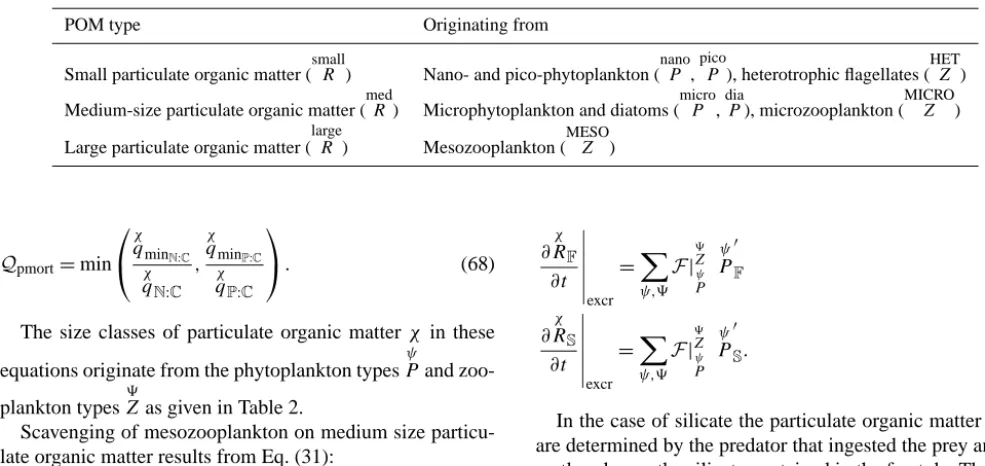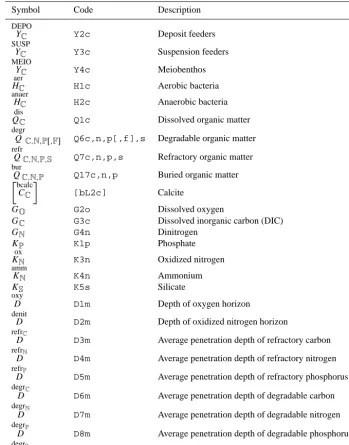ERSEM 15.06: a generic model for marine biogeochemistry and the ecosystem dynamics of the lower trophic levels
Full text
Figure
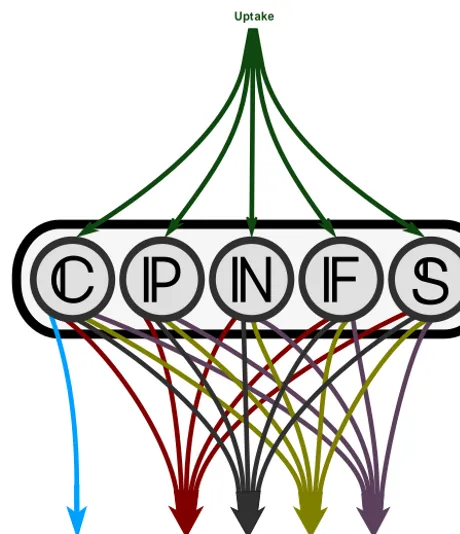

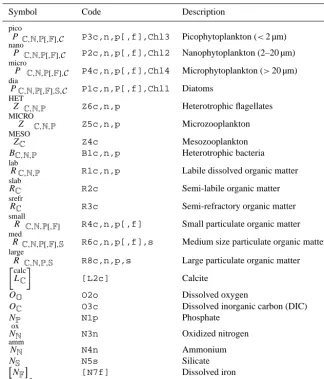
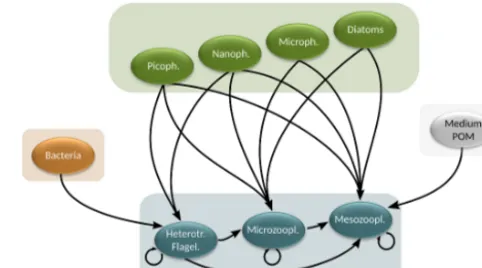
Related documents
frequent business travelers and reveals what innovative travel and expense management program managers are doing to modernize their roles, engage travelers, optimize programs,
Bearing in mind the purpose of the cartographic model, it can be argued that the overall resemblance of the image produced in this research with the flood masks provided by
In the following result (see [ 13 ]), Stallings gave a complete characterization for finitely generated groups which split over some finite subgroup..
Plot of the emission spectra comparing the particles in a suspension of Hela cells where (a) is the mixture of particles with the Hela cells representing a baseline measurement of
Using the self report version of the Dutch SDQ Muris et al [49] reported a four-factor solution (Emo- tional Symptoms, Prosocial Behaviour including posi- tively worded items from
Besides the major capsid protein, putative function can be assigned to 4 other components of the virion: two lectin proteins, a thioredoxin and a serine/threonine protein
We found four patients in whom both alleles were mutated; three of these patients had the same homozygous mutation (c.154delA; p.N52fsX80), a single base pair deletion that inserts
This paper surveys empirical evidence on the impact of creditor rights protections on credit markets, small and medium-sized enterprises’ access to credit, and credit volatility

